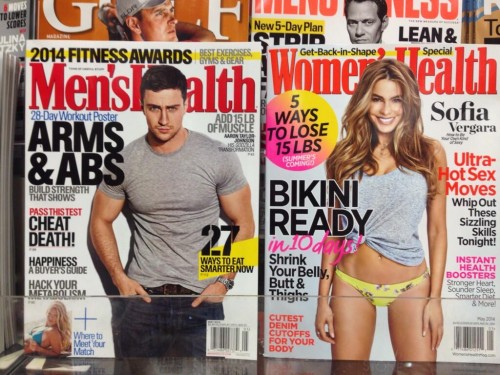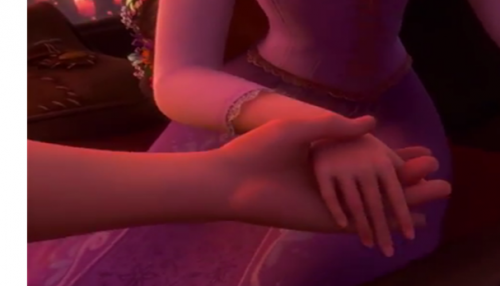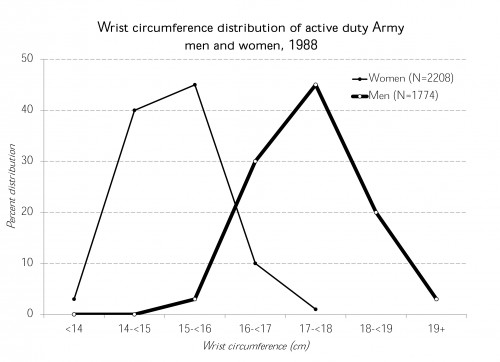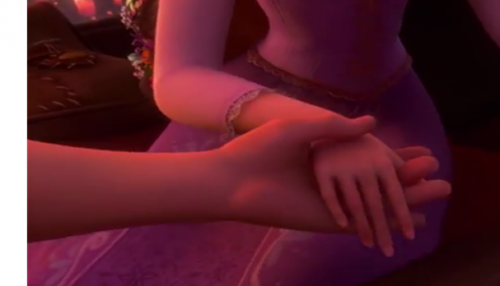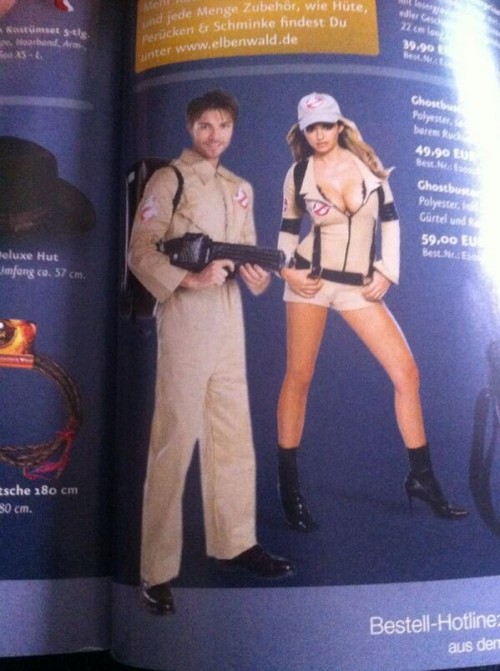Thanks to Holly Robin at The Robin Head for letting us know about a great comic on our obsession with a gender binary. Click over to read the whole thing.
Lisa Wade, PhD is an Associate Professor at Tulane University. She is the author of American Hookup, a book about college sexual culture; a textbook about gender; and a forthcoming introductory text: Terrible Magnificent Sociology. You can follow her on Twitter and Instagram.

